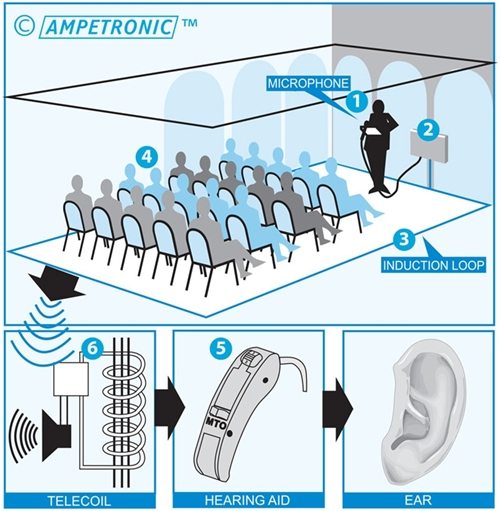Induction Loops can be beneficial in a very wide range of environments, from large venues such as theatres and conference facilities, to one-to-one communications such as ticket counters and meeting rooms. They are the only effective solution to assist hearing aid users in transport environments, in vehicles, terminals and stations.
Examples of existing applications for induction loop systems:
Transport Systems
Airports, stations and transport networks, Elevators, Help points, Car park access points
Vehicles
Taxis and private cars, Minibuses, Coaches, Trains, Trams and Boats
Venues
Theatres, cinemas and concert halls, Stadia and sports venues, Places of Worship, Conference and lecture halls
Point-of-Service
Counters, Intercoms and entry-phones, Drive-throughs, Help points
Work
Meeting rooms, Video conference facilities, Desks and offices
Home
TV rooms, Phones, Individual car systems
Education
Lecture halls, Classrooms
Safety
Public address systems, Voice alarm systems, Help points
Induction loop systems are not suitable if:
– There is substantial background noise, which will reduce the effectiveness of any assistive listening system
– There is no practical way to install the loop cable (sometimes requires creative solutions – ask if you are not sure!)
– There is no sufficiently good quality audio source available

